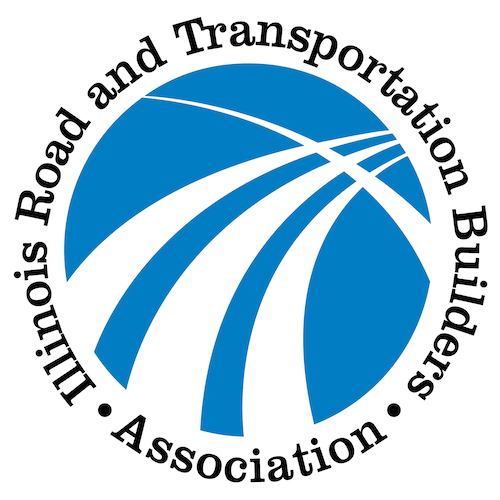Investing strategically in transportation is a key component to achieving a thriving metropolis - it is an asset to keep people moving to and from their jobs, school, and recreation, and it ensures the movement of the goods and services that make our lives easier every day. While our transportation network is advanced, it is aging quickly and falling behind the needs of a growing population.
Transportation is a critical piece in a person’s quality of life, and is supported in by the most unlikely sources. In 2010, the National Prevention Council came up with a set of strategies, that if implemented, will help lessen the negative effects on people’s health and wellness. This included a recommendation to ensure that all people have access to safe, healthy, and affordable transportation. Transportation is usually viewed as a means of moving people and goods. However, it impacts the quality of life for residents tremendously. Roadway conditions can improve or degrade ones safety, and traffic can lead to increased stress. Congested roadways increase air pollution, so efficient transportation systems are needed to reduce air pollution and allow motorist to reach their destination.
The IRTBA is committed to building safe and sustainable infrastructure. We recognize the importance of the transportation system's role in improving communities and enhancing our nation’s, regions, and residents’ quality of life.
Sitting in Rush Hour
For every hour a driver sits in rush-hour traffic in the Chicago area, he or she loses $1,153/year – enough to cover several months' worth of groceries, fill up the average car's gas tank 25 times, or take a family of four to Disney World! (MPC report, Moving at the Speed of Congestion). Inefficient transportation systems waste personal and family time and decrease financial resources.
Property Values
Property values are also affected by the quality of the transportation system surrounding an area. People want the option to choose whether to drive, ride, walk, or bike on safe and reliable infrastructure to all of their destinations. The APTA released the New Real-Estate Mantra: Location near Public Transportation Study, which measured home values between 2006 and 2011, a period when values declined substantially overall. Research shows that residential property values performed 42 percent better on average if they were located near public transportation hubs.
Practical Application
One clear example of investment leading to better quality of life in our region is the completion of the extension of I-355 in 2007. As described by the Tollway, “The new extension serves Will County, one of the fastest growing counties in Illinois, and provides a regional connection that improves north-south mobility between Interstate 55 and Interstate 80. The extension reduces travel times by 20 percent and provides a more direct route between residences in Will County and areas where jobs are more plentiful, such as O'Hare International Airport." This project greatly benefited the Chicagoland area. We expect the recent completion of the interchange connection between Interstates 294 and 57, as well as with the completion of future projects like Elgin-O'Hare Western Access and the expansion of the Central Tri-State to provide similar mobility improvements.
